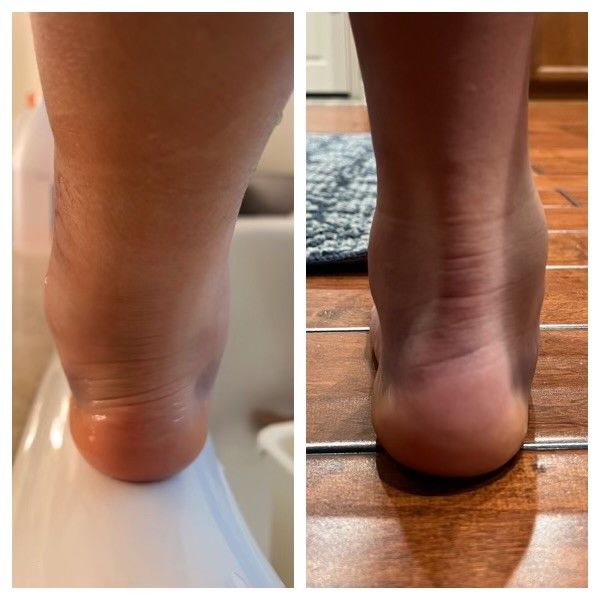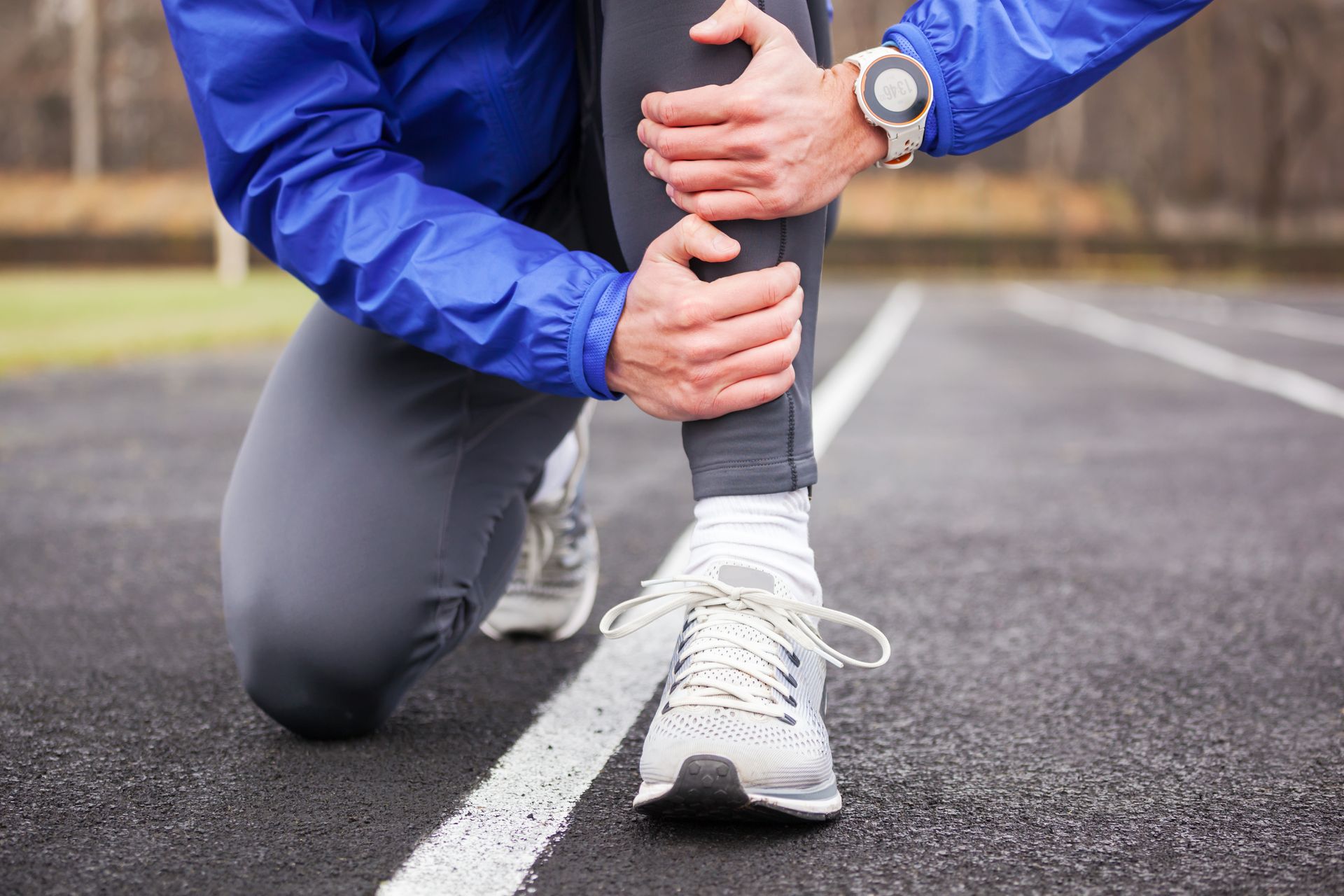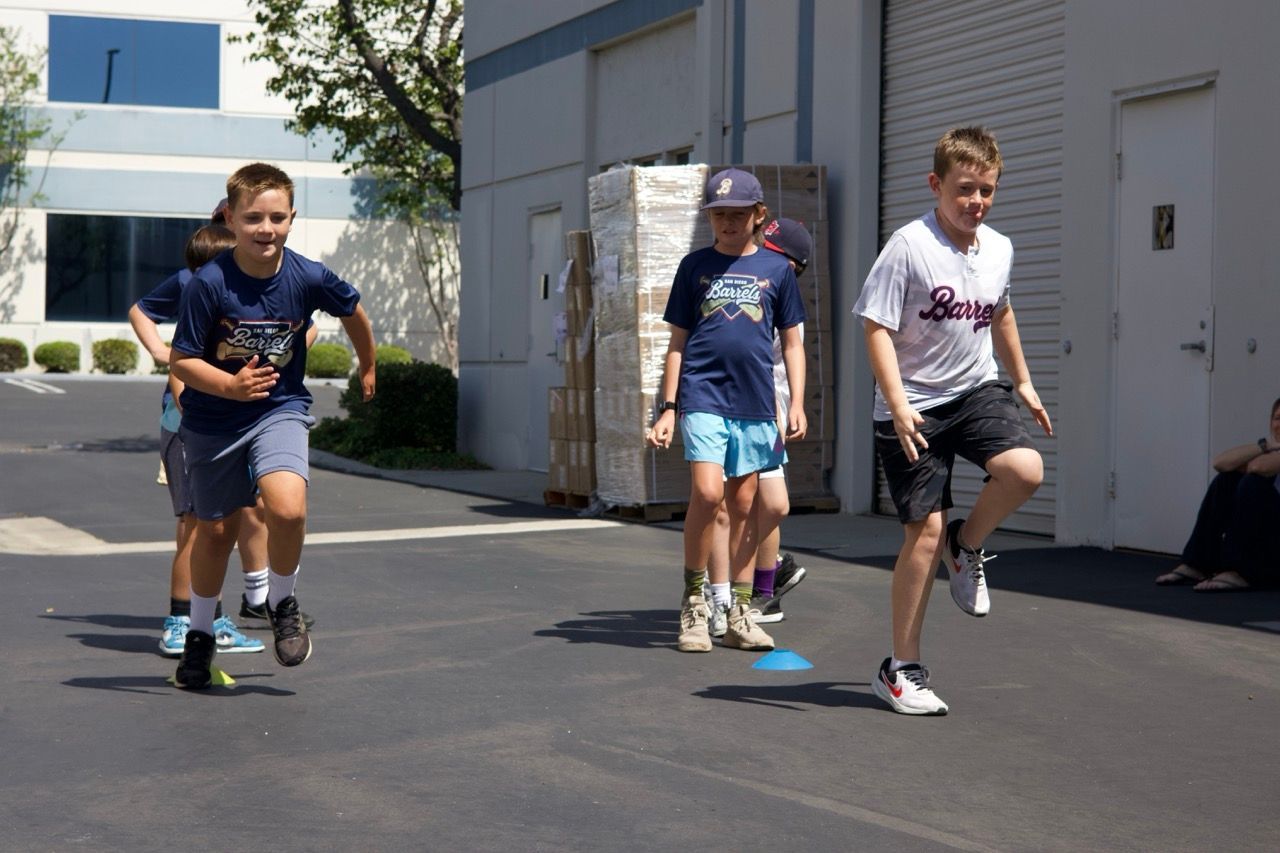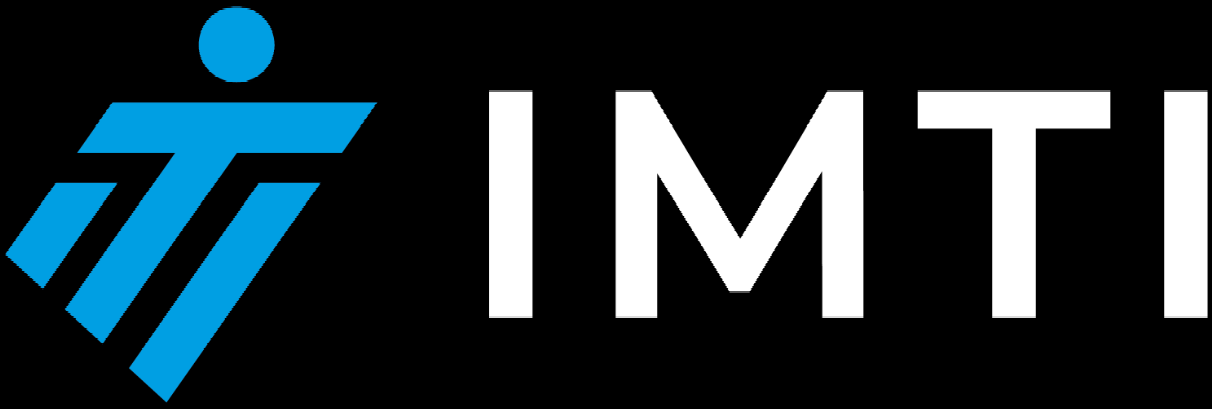Recovery, prevention, and the imti advantage
Ankle injuries frequently disrupt athletic and recreational pursuits - but not all recoveries or therapies are created equal. At IMTI, we specialize in an integrated muscle rehab and soft tissue therapy approach that accelerates healing, reduces re-injury risk, and elevates total-body movement efficiency

Sprains, Strains, and Tears: What's the Difference?
- Sprains: Ligament injuries, from microtears (Grade 1) through complete ruptures (Grade 3), with increasing pain, swelling, and instability.
- Strains: Muscle or tendon damage, often from overload, leading to pain, weakness, and sometimes swelling.
- Tears: Major tissue damage - muscle, tendon, or ligament - that causes acute dysfunction and substantial recovery needs.
Recovery Time By Severity
| Injury | Severity | Typical Recovery |
|---|---|---|
| Sprain | Grade 1 | 3-5 weeks |
| Sprain | Grade 2 | 4-6 weeks |
| Sprain | Grade 3 | 3-6 months |
| Strain | Mild-Moderate | 1-3 weeks |
| Tear | Severe | Weeks-months, possible surgery |
IMTI Muscle Rehab and Soft Tissue Therapy: An Integrated Solution
IMTI’s model ensures more complete and sustainable outcomes by addressing the entire recovery spectrum:
- Personalized Assessment: Comprehensive analysis reveals deficits in muscle, mobility, and soft tissue quality, laying the groundwork for targeted care.
- Targeted Muscle Activation: Specific, progressive exercises retrain muscle firing patterns, coordination, and dynamic support.
- Soft Tissue Therapy: Manual and instrument-assisted soft tissue mobilization - such as massage, stretching, and myofascial release - directly addresses adhesions, scar tissue, and stiffness.
- Integrated Progression: Muscle rehab is seamlessly paired with hands-on care and sport-specific drills, ensuring readiness for daily activity and lower injury risk.
Preventing Re-Injury and Raising Performance
Research shows that incomplete rehab after injuries is one of the leading causes of repeat sprains and chronic instability. IMTI’s protocols specifically address these risks through:
- Comprehensive rehab, including soft tissue therapy, speeds up the healing process, ensures proper tissue alignment, and minimizes long-term limitations.
- Targeted muscle retraining and proprioception cut recurrence risk by restoring full stability, balance, and athletic confidence.
- Return-to-sport protocols prepare athletes for real-world performance demands, not just symptom-free activity.
How Poor Rehab Drives Further Injury: The Regional Interdependence Model
The regional interdependence model shows that incomplete ankle rehab - especially when soft tissue and muscle imbalances persist - leads to new problems elsewhere:
- Knee, hip, and back pain: When ankles remain stiff, weak, or scarred, other joints compensate, absorbing excess load and moving abnormally.
- Chronic instability and repeat ankle sprains: Unaddressed soft tissue restrictions and weak muscle activation raise the risk of ongoing injury.
- Lowered whole-body athletic performance: Compensation habits reduce efficiency and power in every stride, jump, or landing.
By restoring muscle activation, soft tissue integrity, and mobility together, IMTI’s model protects the entire kinetic chain and helps athletes and active people avoid these pitfalls and return to full performance.
IMTI: Complete Care for Resilient Recovery
A poorly managed ankle sprain can jeopardize an athlete’s career or limit performance for years. IMTI offers integrated muscle rehabilitation and soft tissue therapy designed to support recovery, improve movement, and help reduce the risk of future injuries. For those who demand lasting results - not just pain relief - IMTI delivers the gold standard in athletic recovery.





